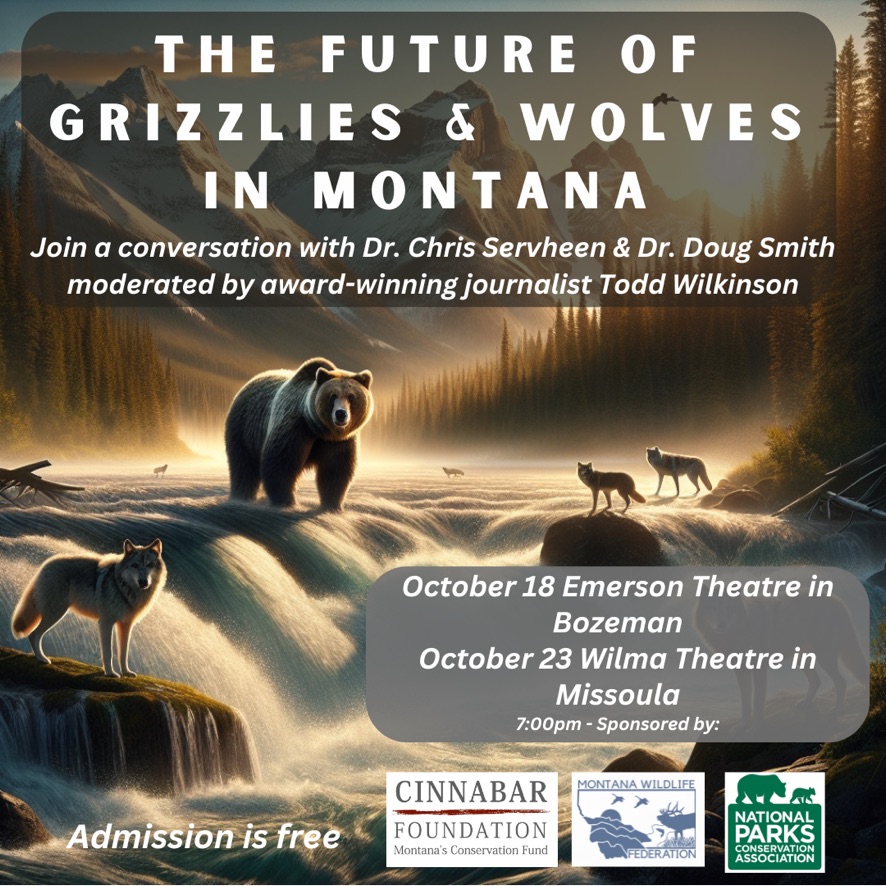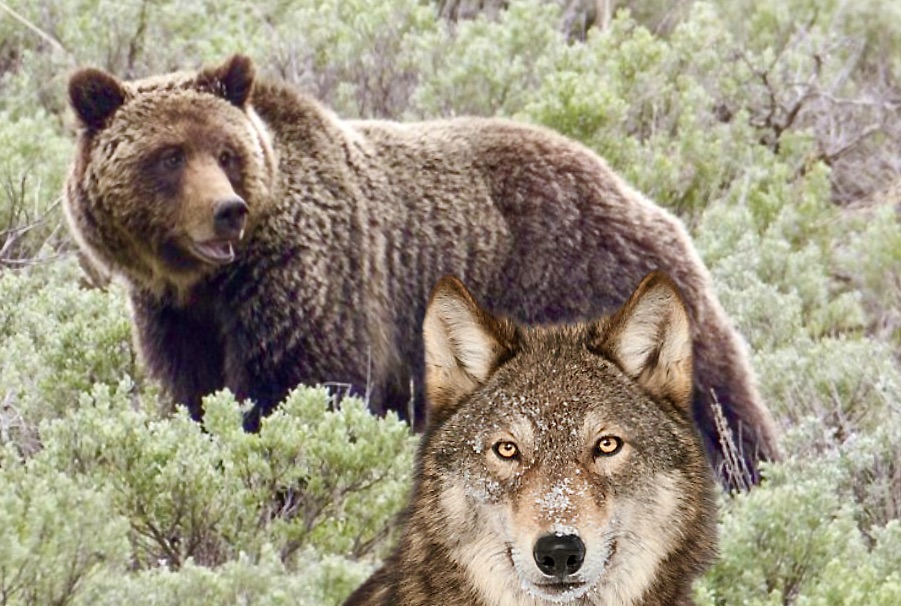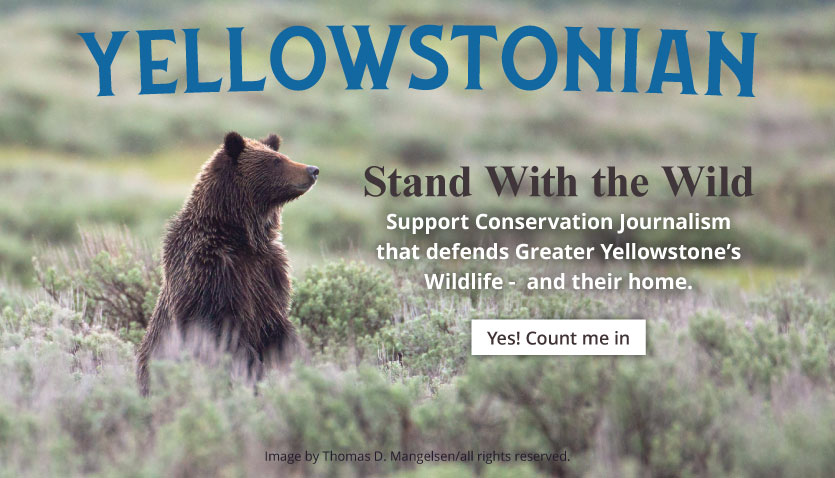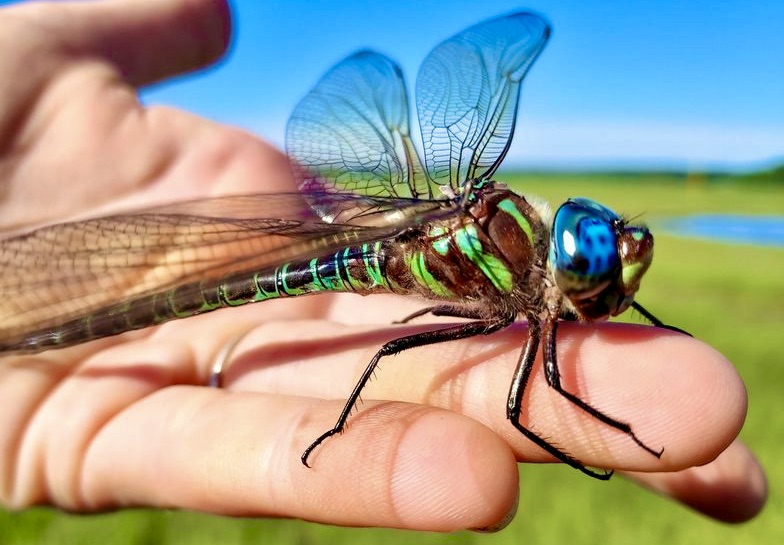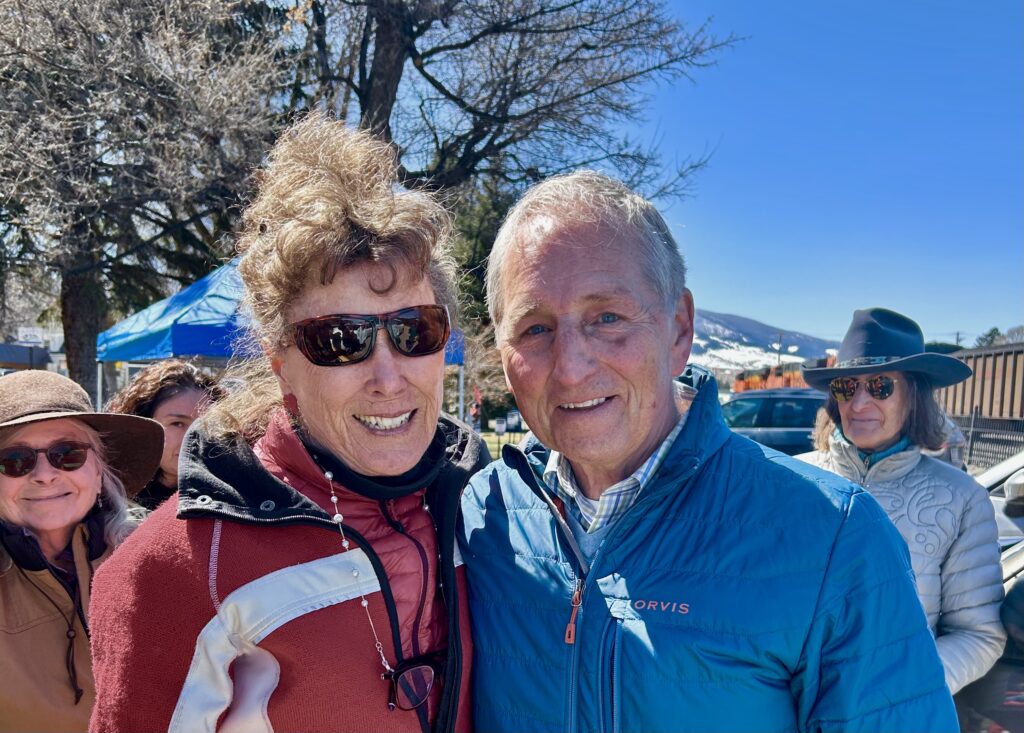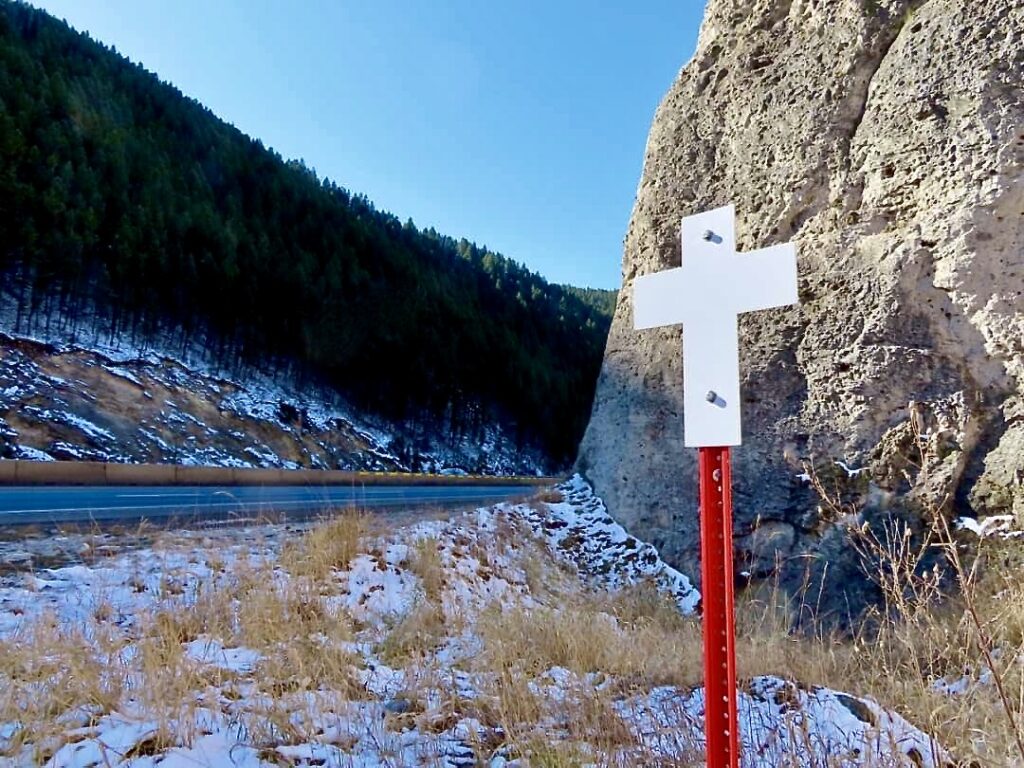by Todd Wilkinson
Few species are more emblematic of wildness. In the American West, the ongoing recovery of grizzly bears and wolves in the Greater Yellowstone Ecosystem and larger Northern Rockies have been called two of the most notable achievements in wildlife conservation history. Not so very long ago, the rescue of grizzlies in the Lower 48 was considered unlikely and restoration of wolves seemed improbable.
Today, not only are those species part of the magical allure of wildlands in our region—and one of the reasons why people want to live and visit here from around the world—but the presence of those species anchor nature tourism/wildlife watching that each year generates billions of dollars for the economy.
What does the future hold for bears and wolves as they are forced to navigate profound changes occurring on the landscape? You are invited to attend a pair of free public events featuring two eminent grizzly and wolf scientists, Drs. Christopher Servheen and Douglas Smith. For 35 years, Servheen headed US grizzly bear recovery for the federal Fish and Wildlife Service and for a quarter century Smith was senior wolf biologist in Yellowstone National Park.
As politicians push to have grizzlies in the Lower 48 legislatively removed from federal protection under the Endangered Species Act and as states continue to carry out controversial management of wolves, both of the icons are facing three significant threats: unprecedented development and sprawl pouring into private lands and replacing ranches in once rural mountain valleys important to wildlife movement; rising levels of outdoor recreation pressure displacing wildlife on public lands; and climate change that stands to alter habitat on a large scale.
One motivation for states to remove grizzlies from federal protection is to again allow for trophy hunting of them in Montana, Wyoming and Idaho. In recent years, debate has also erupted over whether wolves should be subjected to hunting and trapping near protected areas such as Yellowstone, Glacier and Grand Teton national parks.
As umbrella species, grizzlies and wolves serves as bellwethers for hundreds of other native wildlife that similarly need safe and secure habitat. What happens in the Northern Rockies has implications for wildlife conservation around the world—and the quality of natural environments future generations will inherit. If you have friends and family who are of high school and college age, we encourage you to bring them along.
The Bozeman event is being held at the Emerson Cultural Center’s Crawford Theater at 7 pm on Friday, October 18. Doors open at 6 pm. The gathering in Missoula is being held at the Wilma Theater on Wednesday, October 23. Both are being co-sponsored by Yellowstonian along with the Montana Wildlife Federation, the National Parks Conservation Association, the Cinnabar Foundation and Gallatin Wildlife Association.
